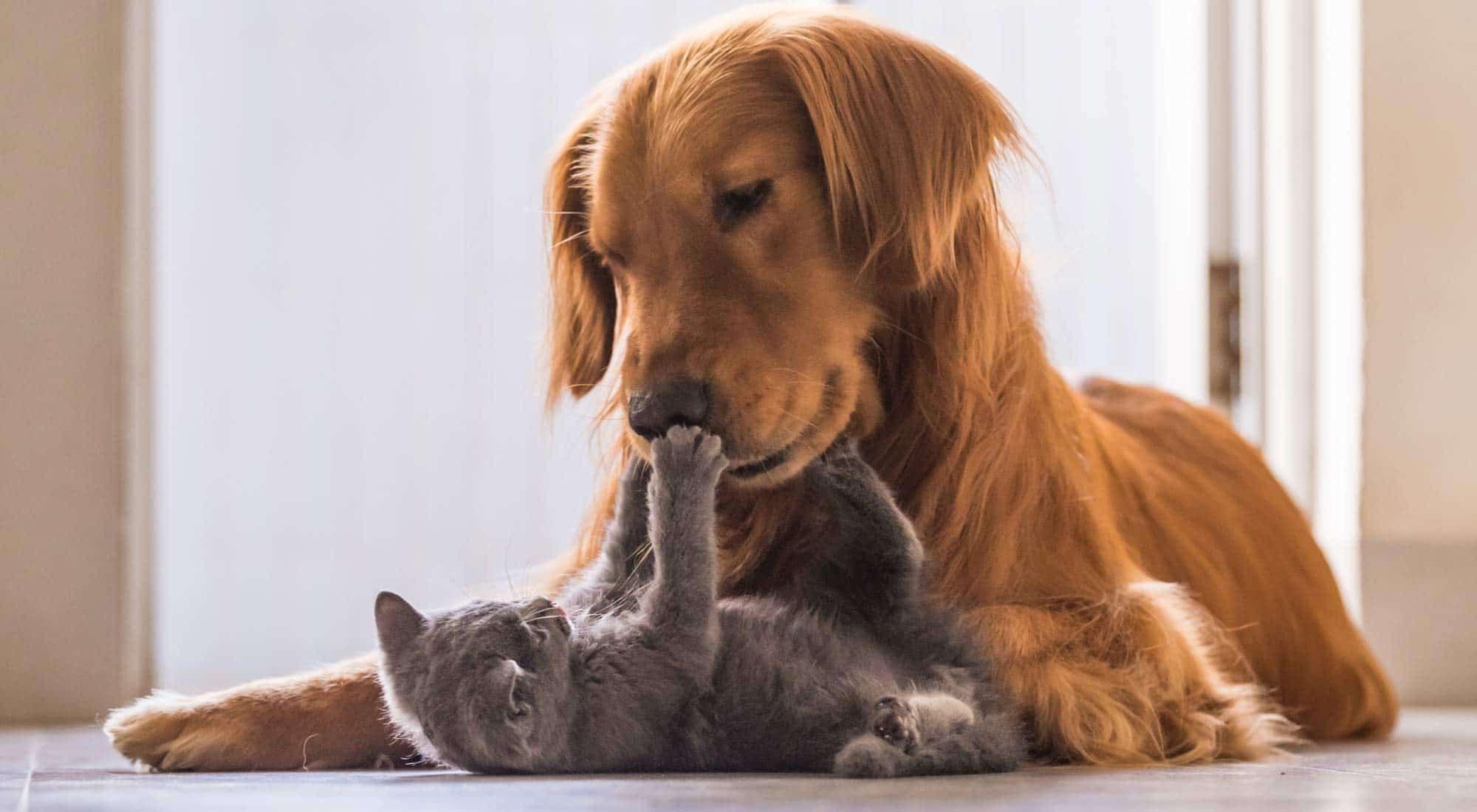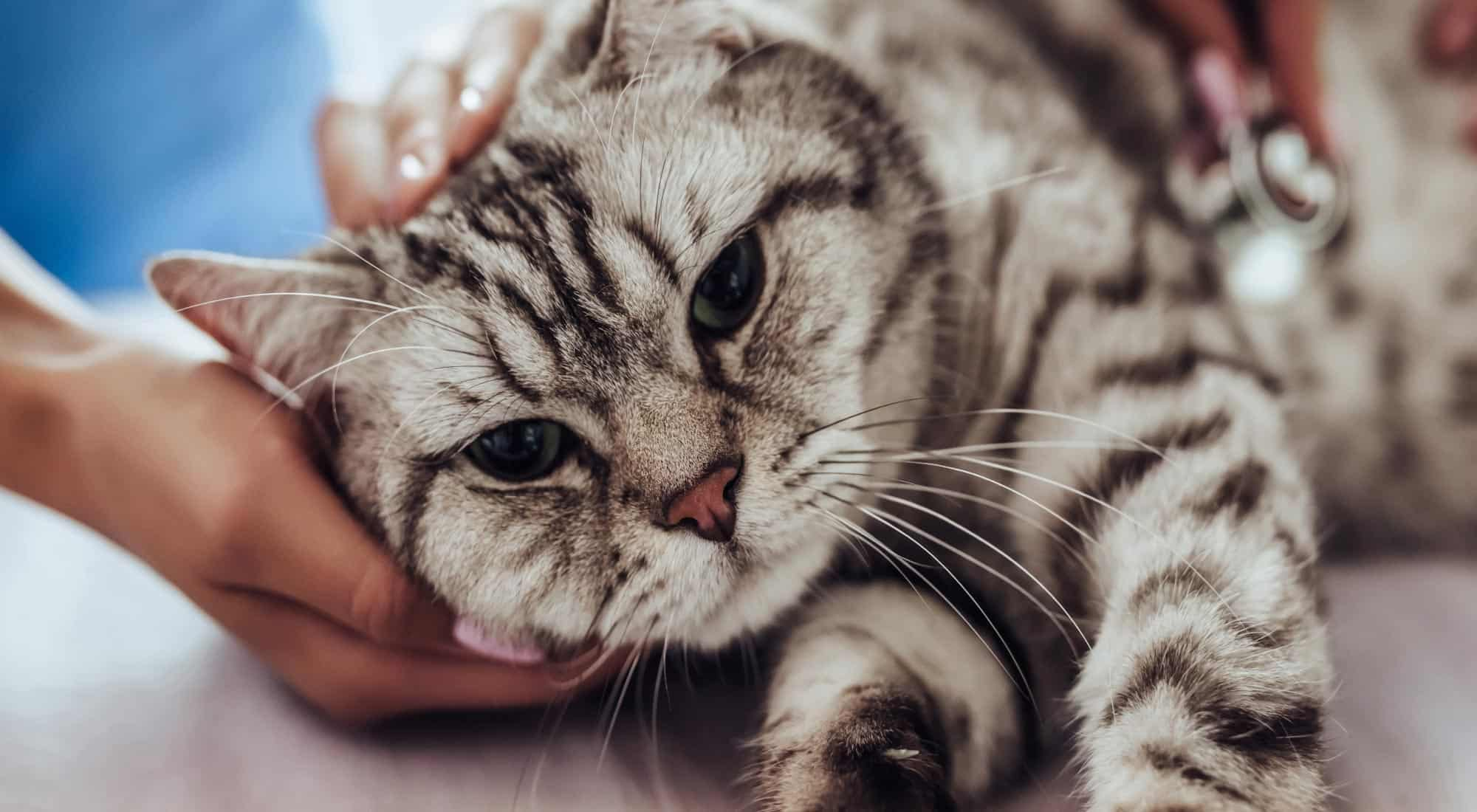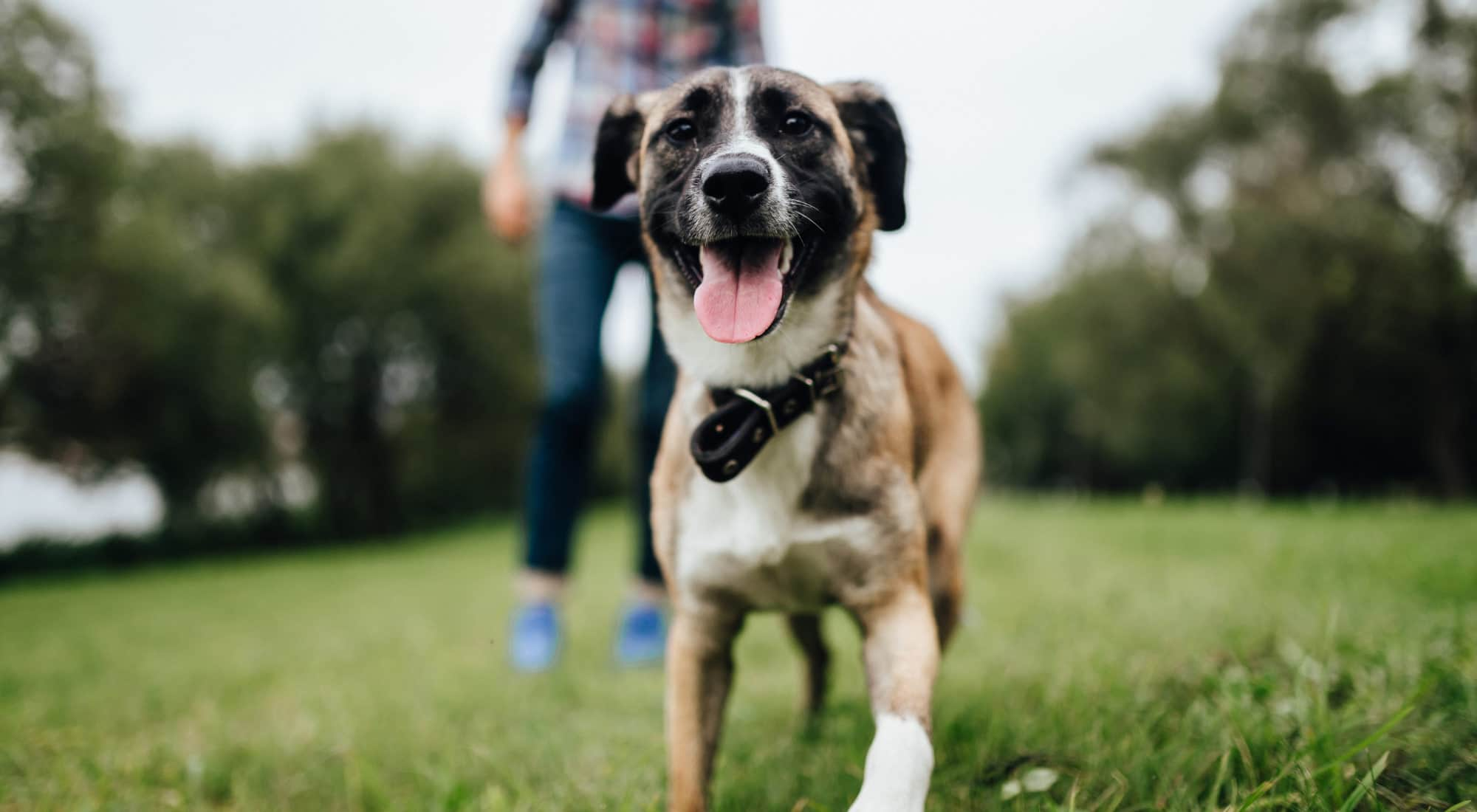The pet parenting guide for every stage of your beloved dog or cat’s life

Are you getting a new puppy or kitten? Or perhaps you’re adopting—or already raising—a pet in a mid or later stage of life?
While there are many approaches to animal care that apply from puppy or kitten-hood, all the way to their golden years, there are health, exercise, and training considerations specific to your pet’s life stage.
In this guide, we’ve covered the basics of how to prepare and what to expect throughout your beloved dog or cat’s life.
Let’s start with what to do before you even bring your furry family member home for the first time.
Pet Prep 101
Whether you’re a first-timer, or an it’s-been-a-while pet parent, these pet preparation basics are considerations you’ll want to make ahead of the arrival of your new bestie for an easier homecoming—no matter how old they are.
The first step is to do some research and ask yourself…
How much do you know about the type of pet you’re considering? Are they purebred or mixed breed? Do they have specific needs when it comes to exercise, diet, or vet care? What personality traits and behaviours are you looking for? How big will they grow to be and how much will they need to eat? Where will you take them for veterinary care and how much will that cost?
Answering these questions will help you make the best decisions for you and your future pet, and prepare you for what to expect as they grow older.
Once you’ve decided on a particular dog or cat, it’s time to stock your home with everything they’ll need. You can shop for everything your dog needs, and everything your cat needs, online and in-store.

Here’s a basic shopping checklist for soon-to-be cat and/or dog parents:
ID: Collar and name tag with your phone number on it, and another emergency contact number as a backup. You never know if you’ll end up with an escape artist, so it can be a good “just in case” insurance policy.
Transportation: You’ll want a leash or harness, seat belt clip, and carriers for your puppy or a carrier for your kitten. Some cats enjoy an on-leash walk, too—yours will let you know if they don’t.
Grooming: Brushes and combs come in different shapes and sizes. Start with soft bristled puppy or kitten brushes to get your pet used to grooming. You should also add treats to the process to help with bonding. You can find dog grooming supplies, as well as cat grooming supplies in all of our stores and online.
Pet-safe wipes can be handy to spot clean a muddy paw or dirty face. Some pet parents are comfortable doing home pet-icures especially if they get their new pet used to the process at an early age. Others prefer the vet or groomer to tackle this particular task.
Food: For a new pet of any age, the ideal beginner scenario is to get some of the same food they were eating before arriving in your home. Sometimes a rescue organization or breeder will give you kibble to take home with you. This doesn’t mean you need to keep feeding them this brand or diet forever, but mixing in food your pet is familiar with helps with the transition to a new menu. If you’re looking for more info on food, check out our in-depth feeding guide here.
Feeding: Look for dishes that are sized correctly for your pet and will hold the right amounts of food and water to meet their daily needs. Some animals are naturally messy eaters so a mat to go underneath their dishes is a great idea.
Treats: Biscuits, freeze-dried raw meat treats, chews, dental treats, dehydrated treats, veggie-based treats—with a new pet you’re going to want to stock up on a variety of these to figure out what kind they love the most. After all, treats are an important part of bonding with your pet, as well as for training. We carry treats for dogs, and a range of treats for cats.
Bathroom facilities: Dogs require poop bags, and if you plan to crate train then you may also want to consider potty bells so your dog can learn to tell you when they need a bathroom break. Some pet parents also use pee pads. Cats need a litter box, (one with a removable top is your best bet) and kitty litter, (there are a few main types—this is another scenario where your new cat is likely to tell you what kind they will tolerate and what they absolutely refuse to interact with). You should have one litter box for every cat in the home, and you want a litter box that isn’t too big for a kitten, or too small for a larger cat. We recommend small, low-sided boxes for kittens, and larger, higher-sided ones for adult cats.
Play time: At first glance, toys may seem like a frivolous extra but for animals, especially young ones, they’re actually a genuine necessity. The right toys—ones that engage and interest your pet—will keep them from shredding the drapes or chewing the leg off an antique coffee table. Toys are also a great way to bond with your pet through play. Explore the variety of toys available and take note of which types of toys your pet is most drawn to. We carry a range of dog toys, and cat toys.
Sleep: When it comes to catching some z’s, some cats can be partial to covered beds that feel like protective caves, while others prefer to get their beauty sleep on the pillow you once called your own.
For dogs, the central bedtime decision will be whether or not to crate train them. Some dogs really take to the idea of sleeping in a crate which they see as their own private “house,” while others may look at you in shock at the thought of sleeping in one.

Vet care for every stage of life
Your pet’s life cycle can be broken down into roughly three stages. Depending on breed and pet, you can think about these stages:
Stage 1: The early years up until about four years old.
Stage 2: The growing years from five to nine.
Stage 3: The senior years from nine and up.
During these stages your pet will have specific veterinary needs that line up with their age, as well as regular vaccinations (for example, rabies) and preventative treatments (for things like heartworm, fleas, and ticks).
The first few months of a puppy or kitten’s life is going to be busy with visits to the vet. That’s because there are a few key vaccines that are needed in order to make sure your pet is protected from a range of viruses.
Getting your pet vaccinated
Core vaccines include the distemper, adenovirus, and parvovirus, and then of course the rabies vaccine too. Cats specifically, require the FVCRP “combo shot” that provides feline viral calicivirus, rhinotracheitis and parvovirus protection all-in-one.
“There's a very strict vaccination schedule that we should be doing for every pet when they are young,” says veterinarian Dr. Garrett Schuilenberg. Both puppies and kittens will need shots at the eight-week mark, at 12 weeks, and when they are 16 weeks old. They will also need either a one-year or three-year vaccine, depending on your specific vet, he explains.
The importance of spaying and neutering
Spaying and neutering also takes place during these early years and can have benefits that go beyond an unplanned litter.
Dr. Schuilenberg says “fixing” your pup or kitten is important to protect them against different diseases. “Male dogs are very prone to prostate issues, which don't really turn up until later in life, but neutering them at a good age prevents a lot of that stuff from ever happening,” he says.
“With females we worry about pyometra, which is an infection of the uterus. We worry about ovarian cancers and uterine cancers and things like that. Mammary cancer is a huge one in cats. I would absolutely be spaying female cats at six months no matter what, because their chance of mammary cancer goes up significantly after their first heat.”

The mid-life stage
Vet visits may become less frequent once your pet is “middle aged”, from about five to nine. During this time, regular exams and checkups become all about prevention.
“After the five-year mark, we start to identify things that are maybe not huge deals, but things we want to monitor, things we want to actually start treating or preventing,” Dr. Schuilenberg explains.
Your adult cat will also need their rabies shot every three years and your dog will need one every one to three years, depending on what your vet recommends. Of course, there’s also heartworm, flea, and tick prevention to keep on top of every spring, throughout the summer, and into the fall.
The senior years
When it comes to vet care for senior pets, Dr. Schuilenberg recommends being proactive about exams, tests, and checkups. This is because a lot of pet parents mistake signs of illness for signs of aging.
You may think that your bestie is losing weight because they're a senior, but there could be an underlying cause that is treatable with vet intervention. Checking blood work regularly is a very good idea, Dr. Schuilenberg says. And he also recommends urine tests for dogs, but especially for cats because of how prominent kidney disease is.
Conditions related to aging such as arthritis, diabetes, and even deafness and blindness can all be better managed with a vet’s input.

Work it out! Training and exercise throughout a pet’s life
Pets of every age need exercise and engagement in order to maintain their physical and cognitive health (please ignore that outdated adage about old dogs and new tricks).
For young animals, socialization is a big part of their training.
A fully vaccinated puppy should be introduced to other dogs, people, and the kinds of activities that are going to become a part of their regular lives (think: car rides or subway commutes).
With kittens, Dr. Schuilenberg says the focus should be on getting them used to people, as many cats have a predisposition to be more of a social animal versus not. Inviting friends over to visit and play with the kitten can really go a long way in helpingwith socialization.
While the early years might feel like the most intensive ones when it comes to training, Dr. Schuilenberg recommends staying on top of the learning and training process throughout the course of your pet’s life.
By keeping training as an ongoing habit, the “terrible twos” can also be less of a challenge. Despite what you might have heard, it is possible to teach an old dog new tricks!
When your pet hits their adult years, exercise becomes an important way to keep them lean and healthy. Dogs and cats cannot support extra body weight as it’s hard on their joints and contributes to the onset of conditions like arthritis and diabetes.
Exercise works as a preventative measure to keep your adult pet in top shape, while continuing to challenge them with novel training sessions keeps their minds engaged and active (like doing a crossword or Sudoku, but for dogs and cats).
Older pets need exercise and engagement too. Maintaining muscle mass and keeping excess weight off is important for their overall health and mobility. While the type and intensity of activity will most certainly change, exercise and cognitively stimulating activities like play and exploration should be a part of your pet’s life at every stage and age.









































